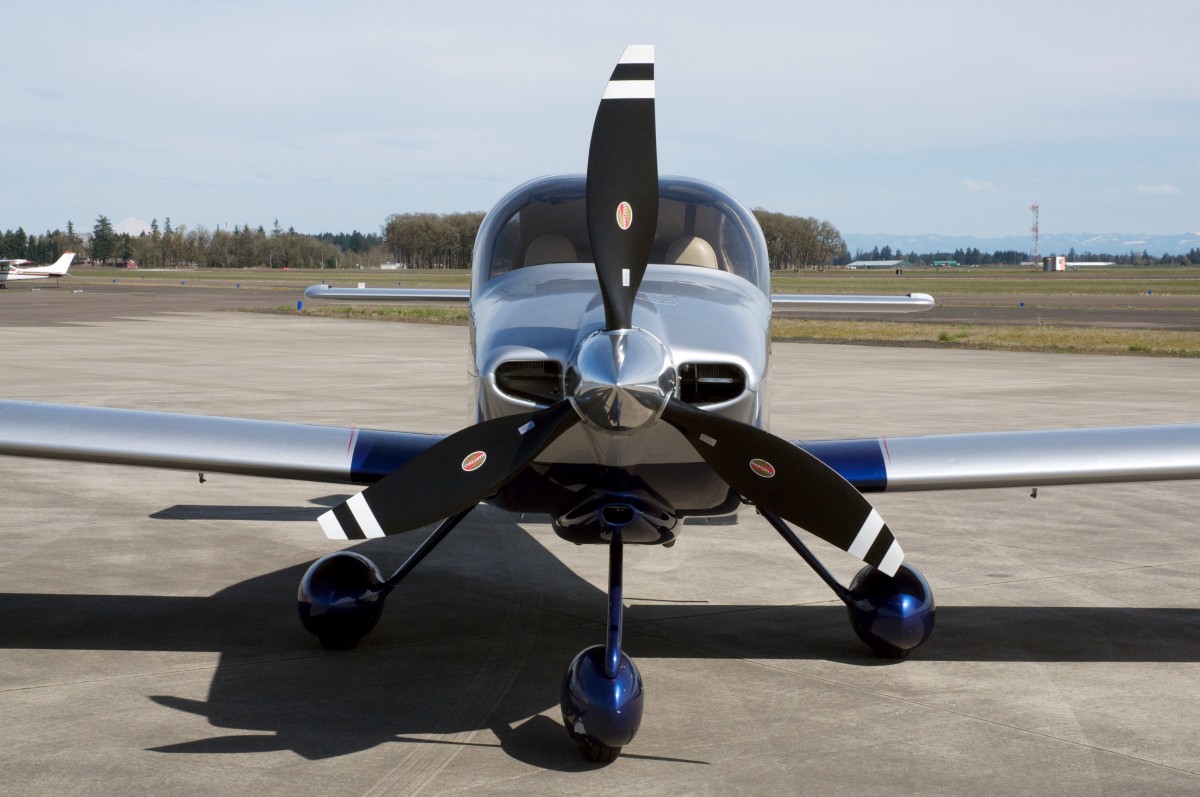
So, you’ve decided that you want to build a homebuilt airplane. Congratulations! The next step is choosing which airplane to build.
There’s a wide range of homebuilt airplane designs available today. The key is to find one that fits your needs, budget, and skill level. Here are some points to consider:
There are always new and interesting designs popping up in the homebuilding world. If you’ve been to EAA AirVenture, you’ve probably seen some very unique experimental aircraft. But while brand new kits or plans from a startup may sound appealing, they also come with their fair share of risks.
Here’s where it pays to do your research. How many kits or plans has the company sold? How many of their planes are finished and flying? Has the company tested their prototype against computer models, or are they just relying on the math? How complicated is the building process? If you’re not willing to be the guinea pig for a startup, you’re better off sticking with an established kit manufacturer with years of technical expertise and proven safety records.
Next, think about how you will plan to use your airplane. Will you be flying regionally for the occasional $100 hamburger or taking extensive cross-country trips? Do you need a lightweight aerobatic aircraft or a more rugged, backcountry machine? All aircraft designs have their advantages and compromises. While you can add various modifications to expand your airplane’s capabilities, it’s still a good idea to choose a kitplane that fits your specific needs and flying skills.
As with most things in aviation, you get what you pay for. Price differences among kitplanes will usually have to do with the quality and type of materials used. Keep in mind, the price of the kit itself is just the tip of the iceberg when it comes to total building costs. You’ll also need to account for tools and components like the engine, aircraft propeller, avionics, interior, and paint. Not to mention, you’ll also be investing your time in building the airplane. You may want to evaluate the costs in terms of dollars and hours as you compare different designs.
There are literally hundreds of different kitplane designs to choose from, and some are far more complex and challenging to assemble than others. As you make the decision, consider your current skills and limits. How familiar are you with the basics of aircraft systems and how they work? Do you have some experience with aircraft maintenance? Be honest with yourself and realistic with your expectations. The “right” kitplane for you may not be the one that’s most unique or impressive—it’s the one that you’re able to complete and then go on to fly!
Finally, it’s helpful to connect with other homebuilders who can recommend the kitplane companies they know and trust. You can also find a wealth of information online, but it’s even better to watch different homebuilt planes in action. Some kitplane manufacturers will offer demo flights so you can have the chance to fly before you buy. At the very least, see if you can sit in the cockpit and get a feel for the interior and controls. This will give you a good idea if the aircraft is comfortable and well-suited for you as a pilot.
Up next in our homebuilding series, we’ll be sharing some tips for choosing an engine and aircraft propeller combination for your homebuilt airplane. As always, if you have questions about kitplane propellers, contact the Hartzell Propeller team. We’re happy to answer your questions and help you find the right propeller for your aircraft.